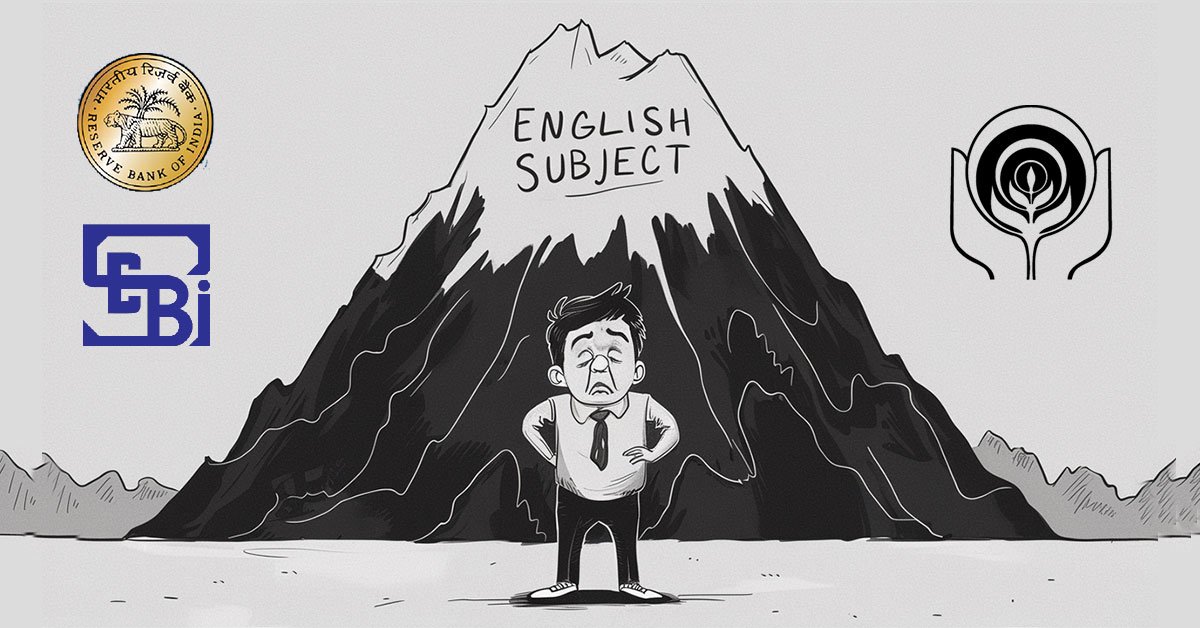Got Questions? We’ve Got Answers!
📚 Whether it’s about exams, career advice, or daily doubts, don’t hesitate—ask away!
💡 Daily Current Affairs Quiz | Daily Quiz for UPSC
💡 Your Learning Partner Is Just a Click Away!
👉 Click here to Ask Your Question Now and get clear, reliable answers from experts.
Daily Current Affairs
3 February, 2025
1. What percentage of foreign employees’ salaries in electronics manufacturing in India will be taxed under the new presumptive tax regime introduced in the 2025 Budget?
A) 50%
B) 25%
C) 10%
D) 5%
E) 30%
Answer: B) 25% </br>
Explanation: The 2025 Budget proposes a presumptive tax regime where only 25% of the total remuneration received by foreign nationals working in electronics manufacturing will be taxable, leading to a significantly lower effective tax rate.
2. Which of the following sectors is expected to double to over $200 billion in the next three to four years due to the reforms in the 2025 Budget?
A) Information Technology
B) Pharmaceuticals
C) Electronics Manufacturing
D) Agriculture
E) Automobile Manufacturing
Answer: C) Electronics Manufacturing </br>
Explanation: India’s electronics manufacturing sector is expected to grow significantly, doubling to over $200 billion in the next three to four years due to the reforms introduced in the 2025 Budget.
3. What is the main purpose of the Safe Harbour provision for non-residents in India under the new electronics manufacturing reforms?
A) To attract more foreign direct investment
B) To simplify tax procedures for warehousing
C) To encourage domestic production
D) To lower corporate tax rates
E) To create more job opportunities
Answer: B) To simplify tax procedures for warehousing </br>
Explanation: The Safe Harbour provision allows non-residents to store components intended for electronics manufacturing in India, reducing tax disputes and simplifying procedures.
4. What is the projected increase in the income tax collection for the government as per the 2025 Budget?
A) 10.1%
B) 14.4%
C) 12.5%
D) 8.2%
E) 20%
Answer: B) 14.4% </br>
Explanation: The government has targeted a 14.4% growth in income tax collection for the coming financial year as per the 2025 Budget.
5. Which sector does the 2025 Budget focus on for enhancing financial inclusion and boosting investments, with an increase in FDI cap?
A) Telecom
B) Insurance
C) Agriculture
D) Real Estate
E) Healthcare
Answer: B) Insurance </br>
Explanation: The 2025 Budget proposes increasing the Foreign Direct Investment (FDI) cap in insurance to 100% to boost financial inclusion and attract investments.
6. Under the PM Dhan-Dhanya Krishi Yojana, which districts are targeted for improvement in crop productivity and credit access?
A) Urban districts
B) High-income districts
C) 100 low-productivity districts
D) Coastal districts
E) Educationally backward districts
Answer: C) 100 low-productivity districts </br>
Explanation: The PM Dhan-Dhanya Krishi Yojana targets 100 low-productivity districts to improve crop productivity, diversification, and credit access for farmers.
7. What is the increased loan limit under the Kisan Credit Card (KCC) scheme in the 2025-26 Agriculture Budget?
A) ₹2 lakh
B) ₹4 lakh
C) ₹5 lakh
D) ₹3 lakh
E) ₹7 lakh
Answer: C) ₹5 lakh </br>
Explanation: The loan limit for Kisan Credit Cards (KCC) has been increased from ₹3 lakh to ₹5 lakh, benefiting 77 million farmers by providing easier access to credit.
8. What is the primary challenge related to the privatization of Public Sector Undertakings (PSUs) as outlined in the 2025 Budget?
A) High tax rates
B) Competition with international companies
C) Liability and asset issues
D) Lack of foreign investment
E) Unavailability of buyers
Answer: C) Liability and asset issues </br>
Explanation: The privatization of PSUs is hindered due to issues related to liabilities and assets, especially when companies hold large tracts of land.
9. Which of the following is a major focus of the fisheries sector framework introduced in the 2025 Budget?
A) Fisheries sustainability and export opportunities
B) Providing free fishing equipment
C) Coastal zone development
D) Setting up fish processing plants
E) Fish farming technology
Answer: A) Fisheries sustainability and export opportunities </br>
Explanation: The new framework for the fisheries sector focuses on promoting sustainability and creating export opportunities, thereby boosting the sector’s growth.
10. Which of the following is a key challenge for the agriculture sector in India, as highlighted in the 2025 Budget?
A) Lack of agricultural machinery
B) Food inflation and weather-related risks
C) Lack of irrigation facilities
D) High wages for farm labor
E) Low export demand
Answer: B) Food inflation and weather-related risks </br>
Explanation: Food inflation and weather-related risks are among the key challenges for the agriculture sector, which are addressed through reforms and support in the 2025 Budget.
















